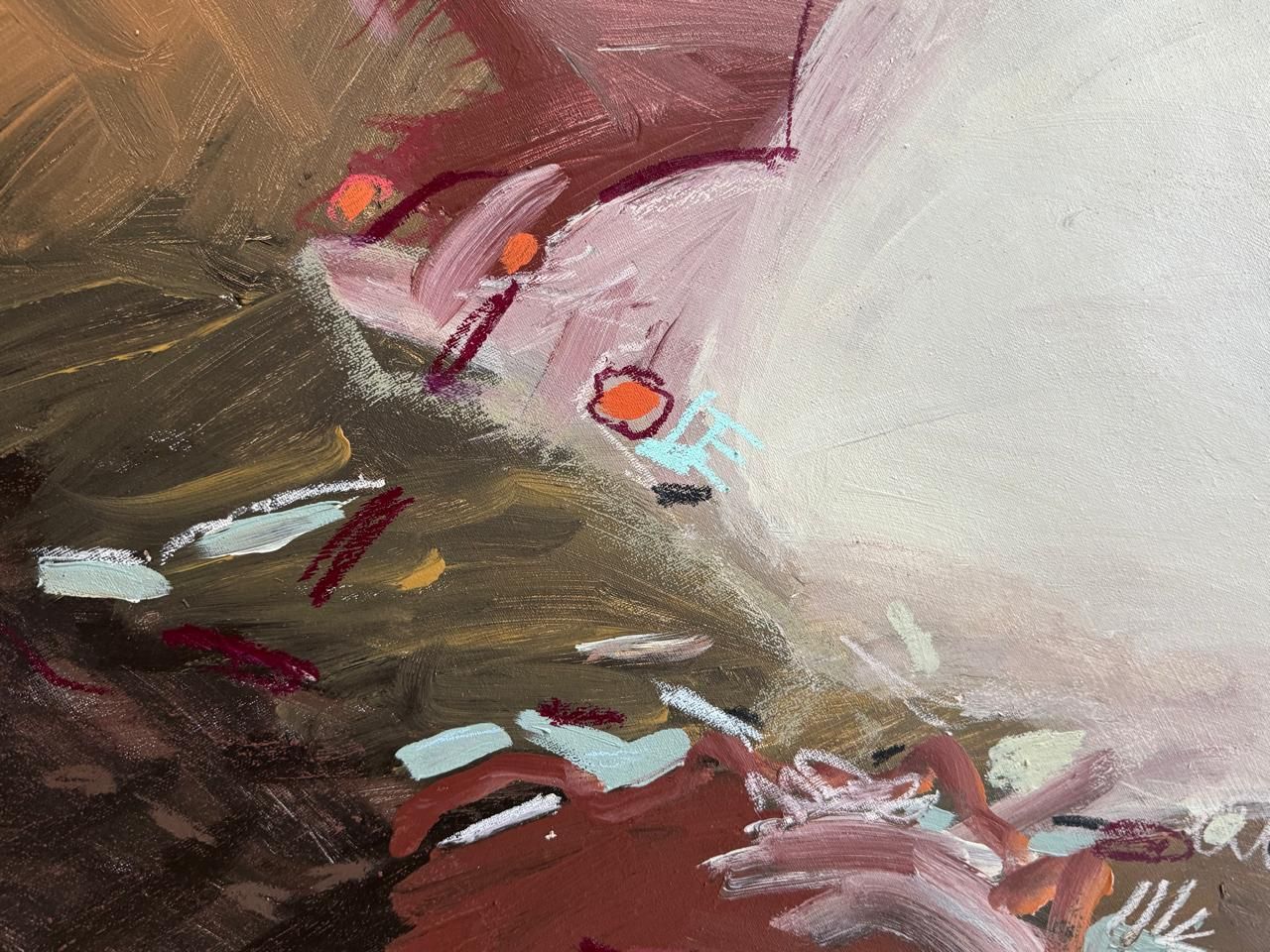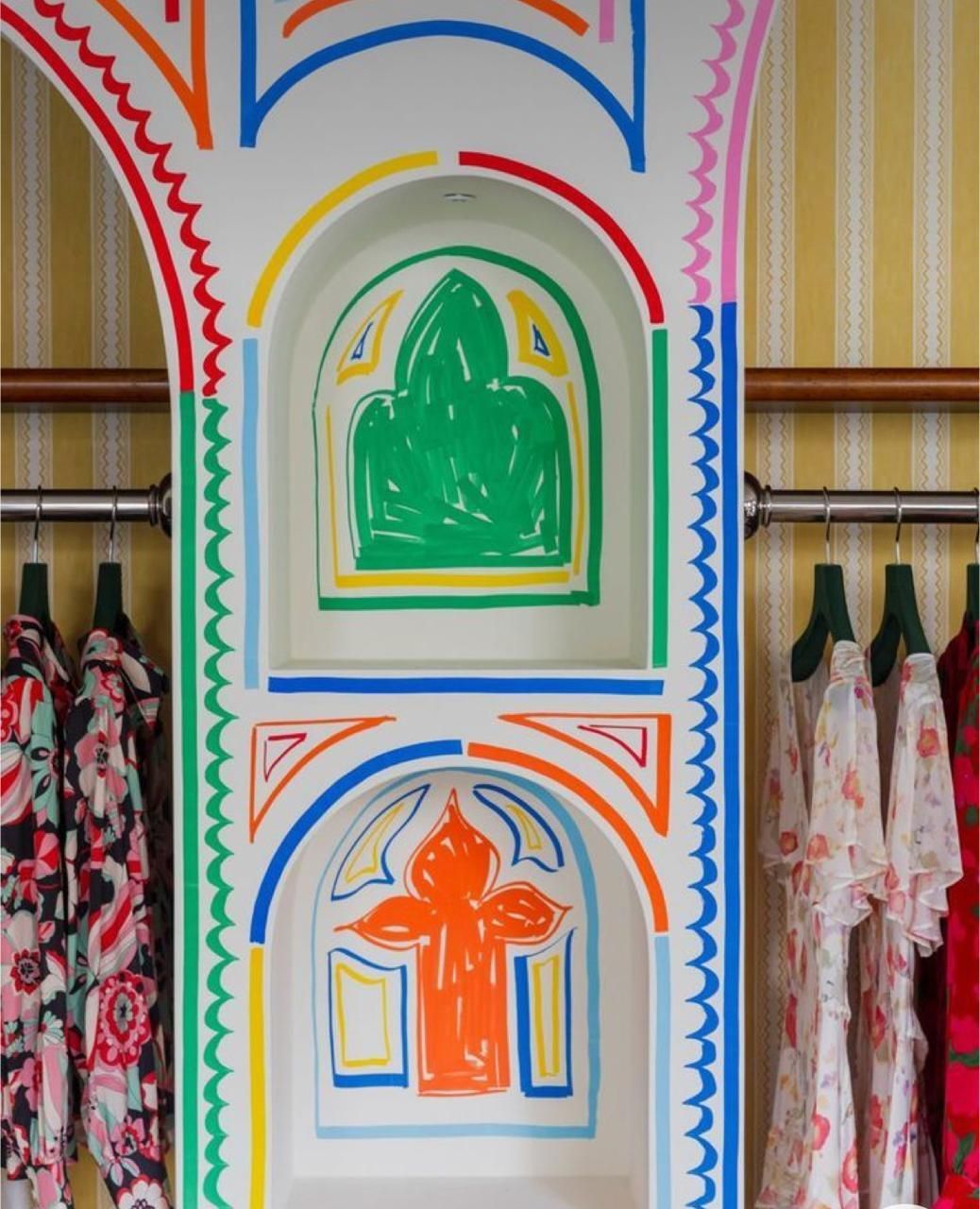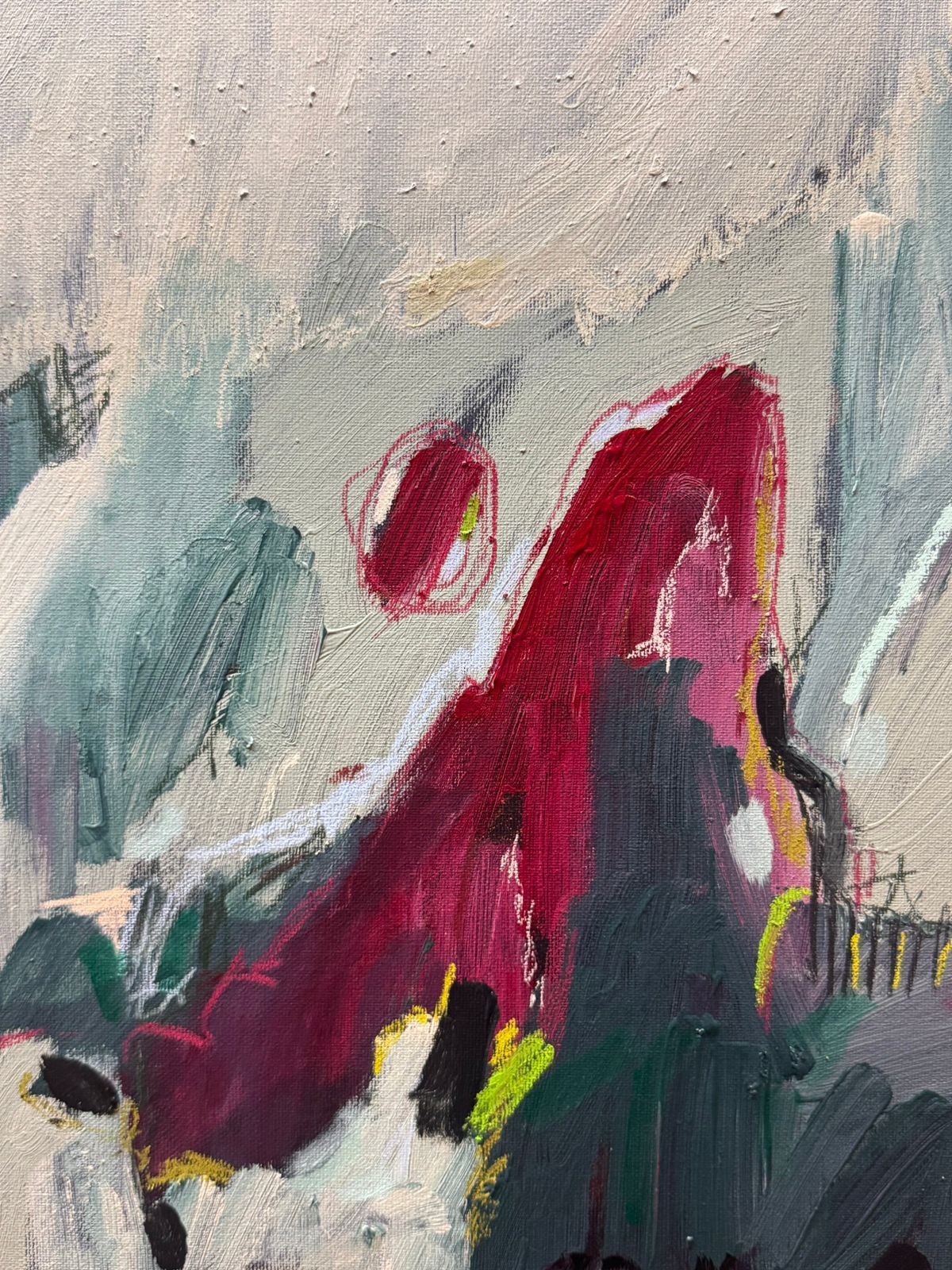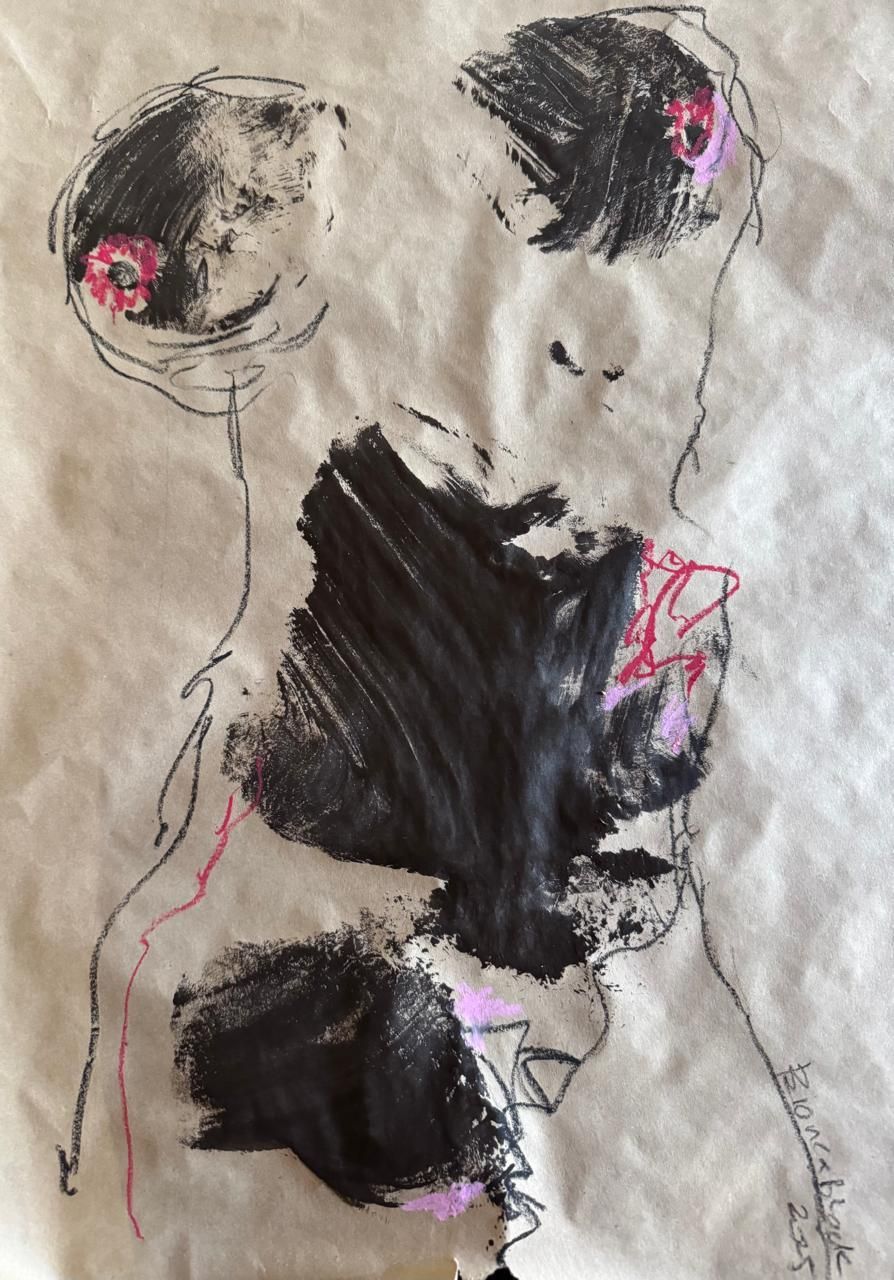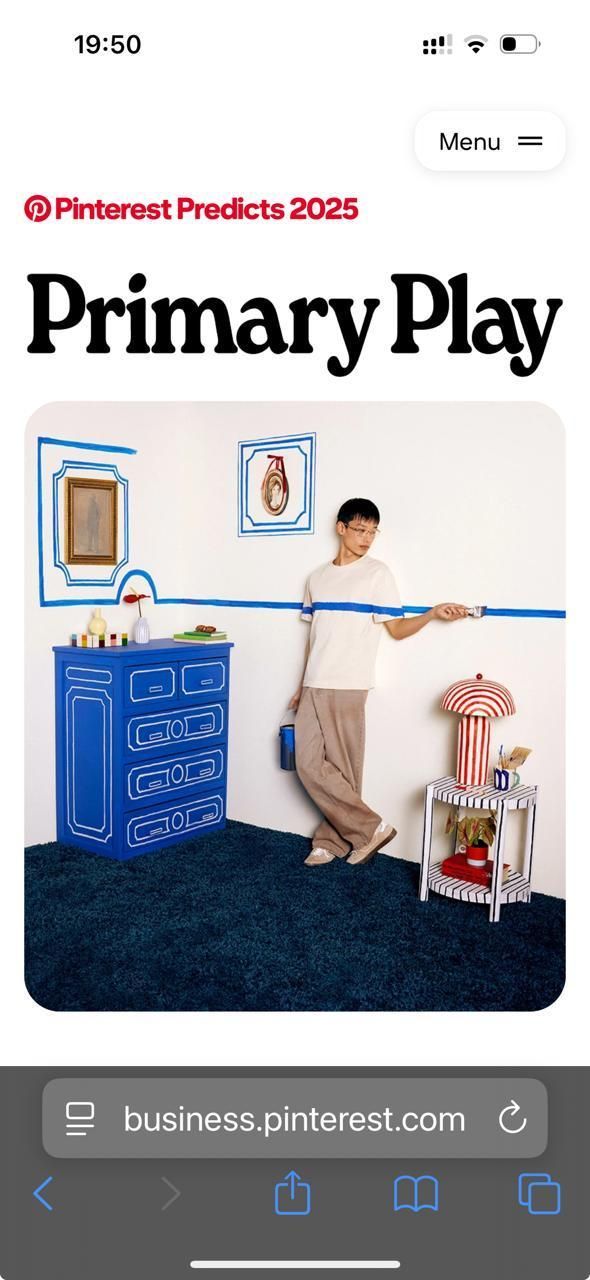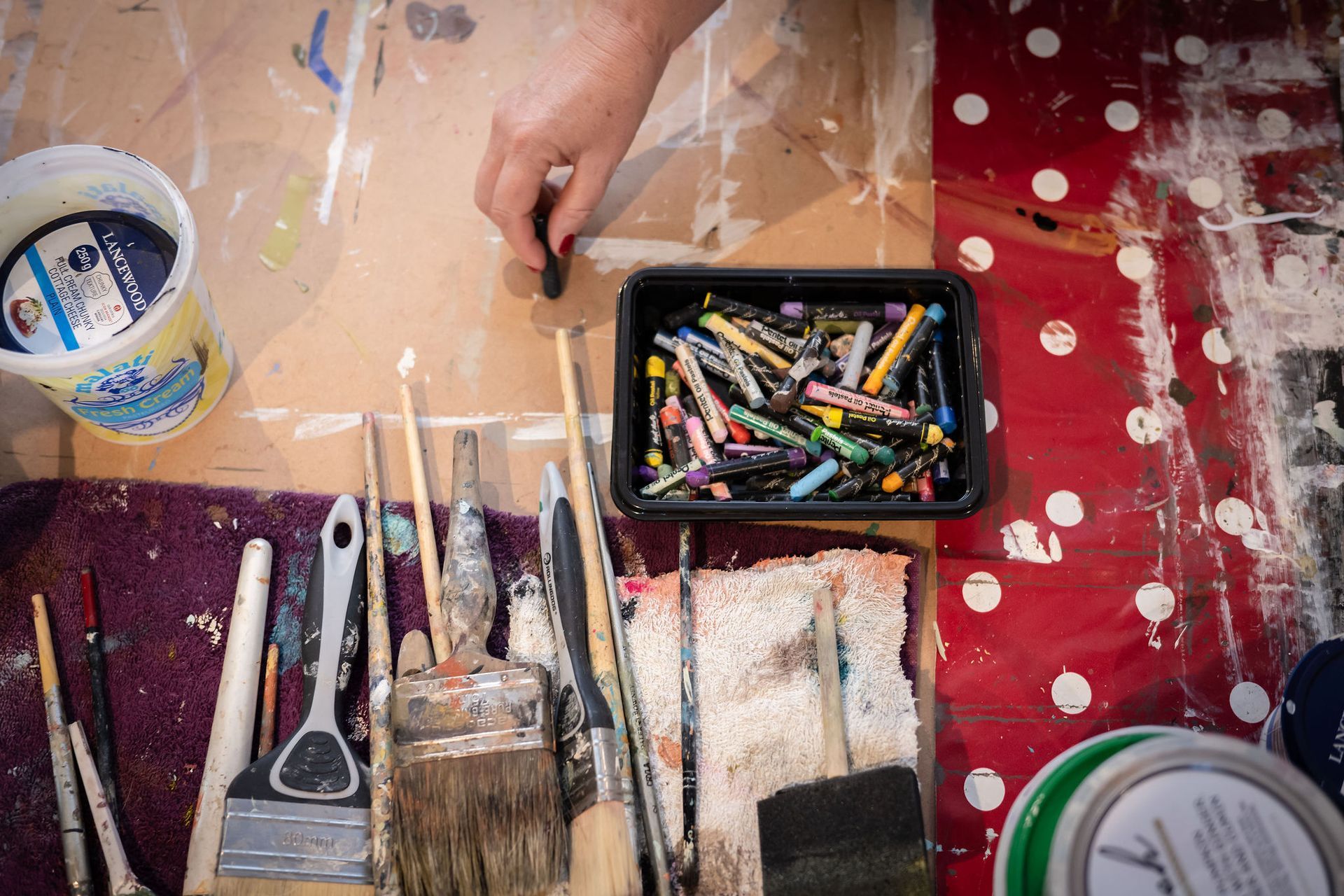Why Artists Diversify Their Income: Beyond the Canvas
The Unpredictability of Art Sales...

The romantic image of the artist—paintbrush in hand, working tirelessly in the studio until a masterpiece emerges—has always been a part of the cultural imagination. But in reality, the modern art world looks very different. Today’s artists often rely on multiple income streams to sustain their practice, from selling original works to merchandising their art on everyday items. This diversification is not just practical, it’s essential.
The Unpredictability of Art Sales
Original artworks can be expensive, and they often sell sporadically. An artist might sell three pieces in one month and then none for several months. This inconsistency makes it nearly impossible to rely solely on gallery or private sales for a stable living. Multiple income streams offer a cushion, ensuring that artists can cover living expenses while continuing to invest in their creative practice.
Merchandising as Accessible Art
Merchandising—whether through prints, clothing, or lifestyle items—allows artists to bring their work into the daily lives of people who may not be able to afford an original canvas. A limited-edition print, a tote bag, or even a pair of socks featuring an artwork carries the same creative spirit, just in a more accessible form. For collectors, these items serve as entry points into the world of an artist, building a sense of connection and loyalty over time.
Building a Broader Audience
Art merchandising is also a form of marketing. When someone wears a T-shirt with an artist’s design or sips coffee from a mug printed with a painting, it spreads the artist’s voice far beyond the gallery walls. It transforms the artwork into a conversation starter. This kind of exposure not only supports sales of merchandise but can also draw new collectors to original works.
Income Streams That Complement Each Other
Many artists weave together a patchwork of revenue sources:
• Original works: The heart of their practice and often the highest value sales.
• Prints and reproductions: More affordable options for collectors.
• Merchandise: Everyday objects infused with art.
• Workshops and teaching: Sharing skills and building community.
• Commissions and collaborations: Creating custom work for clients, businesses, or brands.
Each stream reinforces the others. A student who attends a workshop may later buy a print. Someone who discovers an artist through a tote bag might eventually invest in a canvas.
Empowerment Through Independence
Diversifying income also gives artists independence. Instead of relying exclusively on galleries or patrons, they can take charge of their own distribution and visibility. This shift is especially important in today’s digital age, where social media platforms and online marketplaces allow artists to connect directly with their audience. Merchandise, in this context, becomes not just an income stream but a tool of empowerment.
The Bigger Picture
Ultimately, multiple income streams aren’t about selling out—they’re about sustainability. They allow artists to keep creating without compromising their vision. Merchandising, in particular, transforms art from something exclusive into something inclusive, giving more people the chance to live with creativity every day. For artists, it’s not just survival—it’s a way to thrive, expand reach, and ensure that the studio lights stay on for the next masterpiece.
